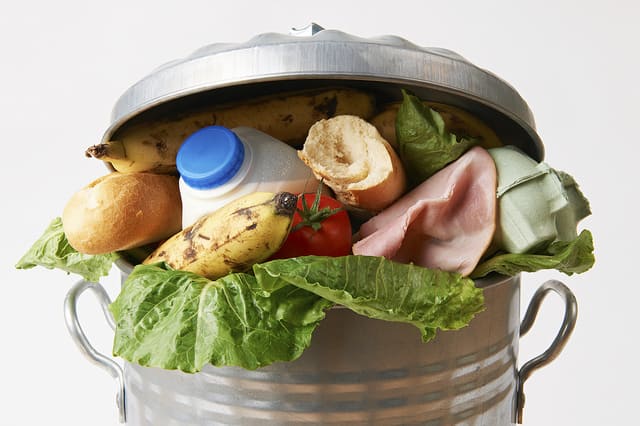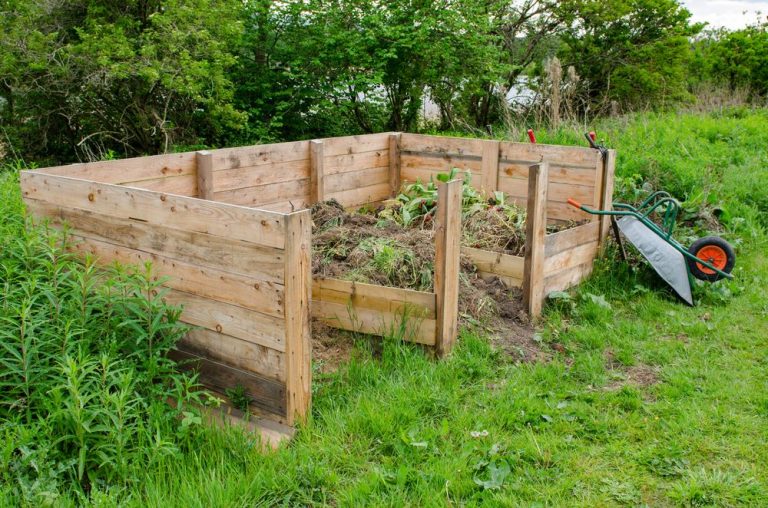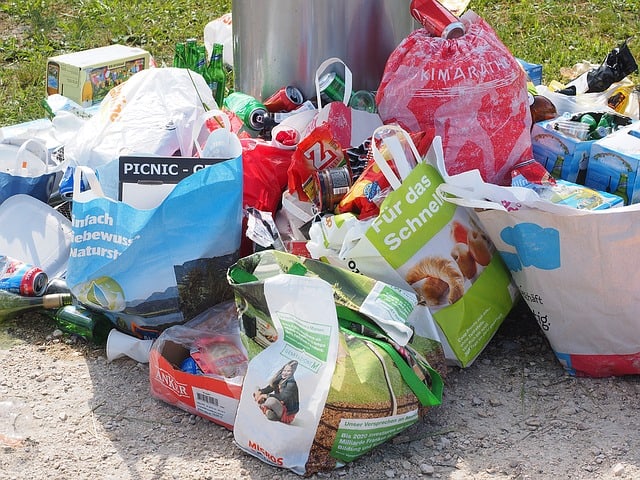Food waste prevention – it’s the Time to Cut Back on Food Waste

Food waste became a major problem for the world and it’s estimated that people throw away or lose one-third of the current food supply. But it’s not simple to find a solution for this problem because the food waste chain is complex, and waste occurs at all steps. But it’s unacceptable to lose so much food when around 800 million people go hungry daily.
And should we mention that over 90% of food ends up in landfills and releases methane gas that boosts carbon dioxide production? Cutting back food waste isn’t only a way to feed some of the 800 million people who have nothing to eat, but it ‘s also the key to a healthier planet.
There are ways to stop food waste, but both individuals and organizations need to make efforts to implement them. Most of the solutions imply people changing their habits.
To prove that food waste prevention is reachable, here are some initiatives that serve as an example.
- National Geographic started a program called How Ugly Fruits and Vegetables Can Help Solve World Hunger to help people understand that ugly fruits and vegetables are as good and tasty as good-looking ones.
- France is the first country to ban stores from disposing of their unsold food supplies. All supermarkets in France must donate food to charities and food banks before it expires.
- Italy encourages supermarkets to donate their waste food by offering them tax breaks.
- LA Kitchen saves food that should end to the trash and offer it to hungry people. They also train adults on how to lower food waste.
- Software developers created apps that can support people in reducing the amount of food they throw away. Food Cowboy, FoodKeeper, Spoiler Alert, Zero Percent, And Waste No Food are only some of the apps people can download from the App Store to help them cut back waste.
Are you ready to find out some of the best ways to reduce waste?
From prevention to redistribution and recycling, the following solutions help both individuals and organizations cut back the amount of food they throw away.
Prevention is the best solution
Just as with other types of waste, reduction is the best solution to solve the problem. Preventing waste is the most desirable option because it’s more difficult to deal with it, once it ends in a bin.
Homeowners have the option to transform food into compost instead of sending it to a landfill. But before filling their supermarket cart they should also think about the resources used to create food. So, the best way to prevent waste disposal is to stop buying supplies they don’t need.
It saves time and money to prevent stuff from entering the recycling chain. People need to learn to use resources smartly and keep waste to a minimum.
People must get rid of the ick factor
People have no reason to refuse to transform food into compost because they’re concerned with rodents and cleanliness. When done right, there are no pests or bacteria to worry about. Compost is the same trash they take out of the fridge, only that they send it to a different location.
Often people don’t understand that the ick factor is the one that affects the environment. It all starts with changing their behavior. Instead of throwing rotten vegetables and fruits to the dumpster, they can send them to composting. And the benefit is that they convert waste into something useful, so they’ll no longer have to buy chemical fertilizers to feed their garden plants.
Feed animals with food waste
Yes, we cannot turn all food waste into compost, but we can recycle it by turning it into food for animals. How many times have you heard at the news that foxes, bears and rodents left the forest for the town because they couldn’t find food? Communities can create organizations that collect food to bring it to wildlife sanctuaries to prevent them from entering an environment that endangers their life.
Authorities can set food waste reduction goals
To meet waste reduction goals, local authorities can impose regulations for businesses and individuals. They should create different goals for organizations and homeowners to encourage them to lower the quantity of food they throw away. For example, they can provide tax reductions for the organizations that collaborate with companies like Rotobale that recycle waste.
By establishing goals, tracking food waste before being created, and identifying why it’s generated, authorities can create strategies to lower their impact on the environment. To cut back waste they need to identify the generation point.
Partnerships can save the world
Partnerships play a crucial role in solving the food waste problem. In fact, collaboration between businesses from different industries can save the world from collapse. For this initiative to be successful multiple parties from all industries must be on board. People must learn to work together to make things happen, whether it’s a plastic reduction or climate protection.
Communities should encourage partnerships between restaurants, stores, kitchens, supermarkets, schools, NGOs and local organizations. These collaborations can boost performance and efficiency, and help communities reduce the amount of food they throw away.
Partnerships between enterprises allow them to relocate extra food. When one restaurant has too surplus food, it can sell or donate it to a school cafeteria to cut costs. For example, in Orange County, California, local health inspectors visit restaurant owners regularly to teach them how to donate excess food to non-profit organizations that help homeless individuals.
This is an initiative that works for that particular community and sets an example for others to establish their own.
Communities should celebrate each small win because the best way to convince businesses and individuals to join the movement is to spotlight the ones that are already doing it. By offering good examples, they encourage and inspire others to try something different and turn their stories into successful ones. Highlighting the companies with the best practices show to the public that people can overcome barriers, no matter how high they are.






